The Honda Jazz has only been part of the last 13 years of Honda’s long and illustrious history, but already it’s become a staple of the company’s product range as well as an important contributor to the company’s bottom line. Worldwide sales of the little runabout have already passed the four-million-unit mark.
Look closely at the past two generations of the Jazz and it’s not hard to see why, with friendly good looks, solid reliability, great manoeuvrability around town and, of course, that ridiculously practical and versatile cabin. Like it or not, critics and consumers alike have rated the Jazz highly over the years despite the appearance of fresher, more dynamic competition.
UPDATE: The new Honda Jazz is now launched in Malaysia, read our launch report.
But this year, there’s a new Honda Jazz – which you can now go and book – with an aggressive, angular new look both inside and out that seems to signify a big change for the B-segment hatch. Has the house that Soichiro built messed too much with a winning formula? We trek to Hua Hin to find out.
First shown in July last year, the third-generation Honda Jazz features the company’s latest design language, dubbed “Exciting H Design.” At the front, there’s a single broad “Solid Wing Face” graphic, with the Honda badge sitting prominently on a gloss black bar. Narrow headlights replace the large units that have come to characterise Jazzes of yore, while the large downturned air intakes give this car a mean look.
Like the Honda City, the Jazz features a character line running along the side, but unlike on the City, it rises sharply before levelling off. At the rear, the line dips and follows the curvature of the rear bumper, neatly flanking the tail lights.
The Volvo-esque tail light graphic sweeps upwards into the rear windscreen, although the upper parts are purely cosmetic and do not light up. These are connected visually by a large chrome bar on top of the rear number plate recess. Cutouts on the rear bumper mirror the air intakes at the front.
Overall, it’s a handsome, sporty design that will almost certainly fit the tastes of the car’s intended market, but this writer does somewhat miss the simple, good-natured design of the past two generations.
Inside is where its familial ties with the City are most apparent, with a similarly bluff dashboard design. As with its B-segment sedan sibling, top-of-the-range models get a large soft touch plastic panel ahead of the front passenger, complete with faux stitching.
One change from the City is the side mirror controls, which have been moved from under the driver’s side air-conditioning vent to the door, freeing up space under that vent for a cup holder that comes in handy for cooling your drinks.
Thankfully retained from past models is the standout rear Ultra Seats, which enable all sorts of interior permutations. In addition to the standard fold-flat rear backrest to fit large items, the seat squabs can also be lifted up, handy for carrying tall items such as furniture and potted plants. The front seats can be reclined flat for lazing around or for accommodating longer items like surfboards.
This goes hand-in-hand with the increased dimensions – length has been stretched 55 mm to 3,955 mm, while the wheelbase has been extended 30 mm to 2,530. The latter is some 70 mm down on the City but still gives the Jazz impressive legroom. But it’s the extra boot space that impresses, growing from 337 litres to 363 litres.
Now, let’s talk about local specifications. Honda Malaysia has confirmed that the new Jazz will be available locally in three variants – a 1.5 S, 1.5 E and a top-spec 1.5 V – with equipment levels that should match their City counterparts.
This possibly means a bargain-basement S variant designed to chase a low headline price (steel wheels with covers, manual air-con controls, single-DIN audio head unit), a mid-spec E that keeps feature parity with the outgoing petrol Jazz (stability control, alloy wheels, integrated radio) and a fully-equipped V (six airbags, 16-inch alloys, seven-inch touchscreen radio, automatic climate control).
Against the yellow top-spec Thai model in the pictures, our Jazz 1.5 V will lose out on paddle shifters for the CVT, navigation and a rear-view camera. If the white model currently on a roadshow is any indication, we will also not get the RS bodykit, the large rear spoiler, cruise control and the ECON mode which softens throttle response for better fuel economy.
More bad news for fans who like the yellow of the test car shown here, I’m afraid – that hue will not be making it to our shores either, at least not initially. This was explained to be due to a lack of paint tanks at the Pegoh plant, which mean that locally-assembled Hondas have to share colours which each other. Fret not, though, because another colour unique to the Jazz was promised for the local market, although we don’t know yet exactly which shade it will be.
After a generation experimenting with a five-speed automatic gearbox, the Jazz, like the City, returns to a CVT for the third generation. The Earth Dreams unit is claimed to have a quicker response, better efficiency and a wider range, and now features a torque converter for smoother, more natural acceleration off-the-line.
The new transmission is mated to the same 1.5 litre SOHC i-VTEC four-cylinder as before, but has been tweaked for better fuel economy. The headline figures are unchanged though – 120 PS at 6,600 rpm and 145 Nm at 4,600 rpm. The latter is made 200 rpm lower down than before, so that’s nice.
We were offered to sample the new Jazz in Hua Hin, and through the long straights that dominated the test route, the tiny hatch easily kept pace with the cut and thrust of Thai traffic. The engine felt freer, more sprightly than the City, slinging the car well past legal limits without much fuss thanks to the lower weight.
The renewed exuberance is pared to a CVT that is more than up for the task. Step off and low-speed drivability is at last a match for conventional automatics in smoothness, and the transmission is quick to respond to sharp jabs of the throttle.
Even with the usual CVT inclination of making the engine loiter close to the redline under hard acceleration, the engine remains quieter than the competition. Wind noise is remarkably low considering the high speeds we attained throughout most of the drive, but tyre noise could be quieter. We suspect that a different tyre specification could go a long way towards rectifying this.
Unfortunately, the test route only covered long stretches of highway, with only a few U-turns to break up the high-speed blasts, so there really was not much that could be gleaned about the new Jazz’s handling. Even so, the steering did feel slightly more responsive than the City’s, and body control seemed more tied down. One trade off is the ride, which felt a touch firmer that the City.
On first impressions, the new Honda Jazz does look like a much different beast from what has come before. But dig deeper and you’ll discover that the new car actually improves on much of the strengths of the past two generations (including the incredible space and versatility), while bringing some added zest to the mix.
And if Honda Malaysia’s recent aggressive pricing strategy is any indication (expect the new Jazz to be priced similarly to the City, if not slightly lower), the new car is poised to become a potentially irresistible package to many Malaysian households. On this occasion, more than ever, the third-generation Honda Jazz appears to have more than enough substance to back it up.
Looking to sell your car? Sell it with Carro.

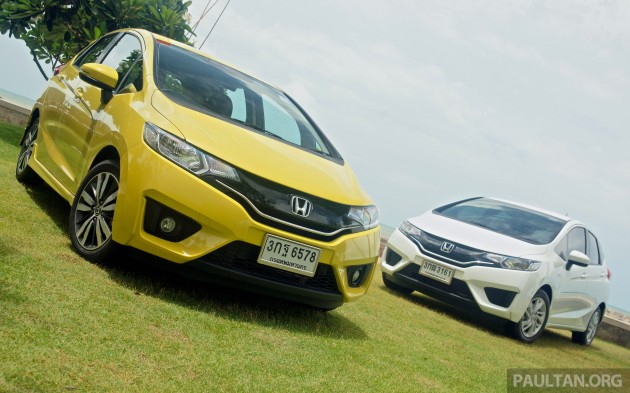





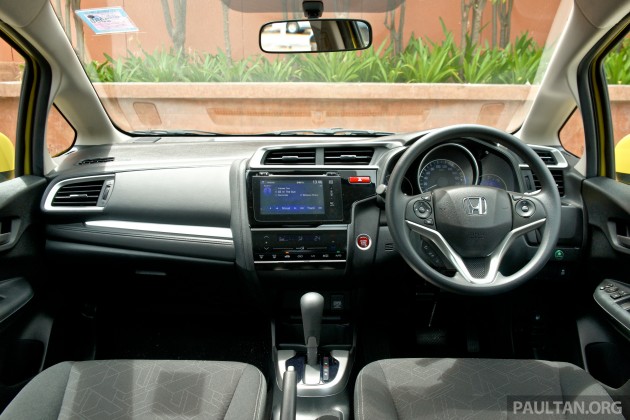



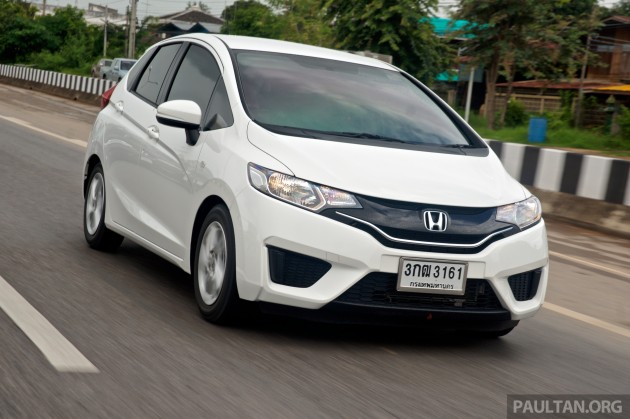



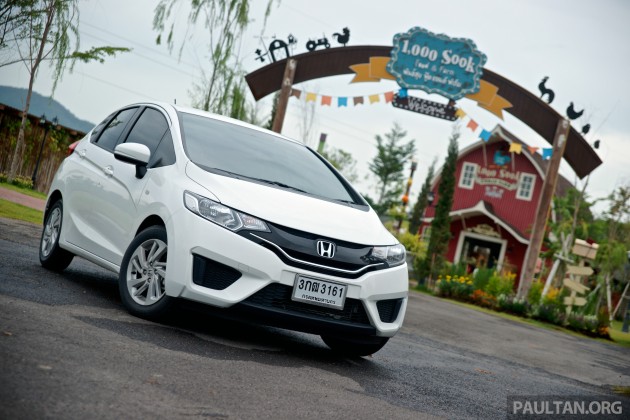

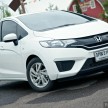
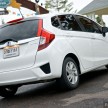
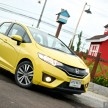
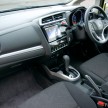
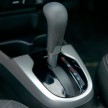
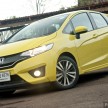
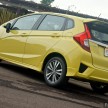
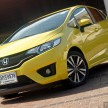
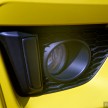
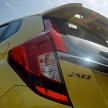
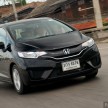
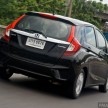
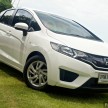


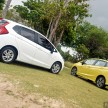


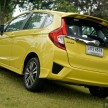

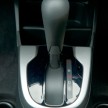
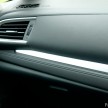
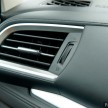
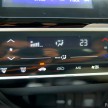
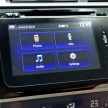
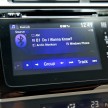
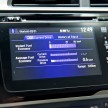
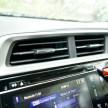
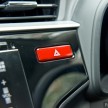

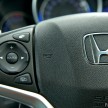
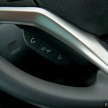
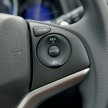
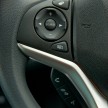
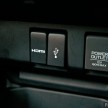
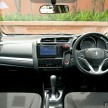
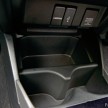
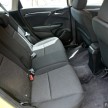
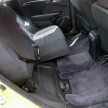
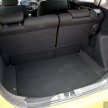
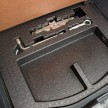
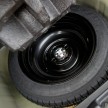
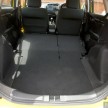
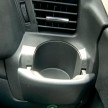
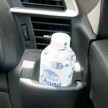
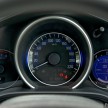
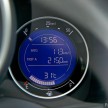
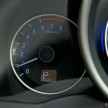
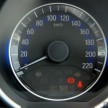
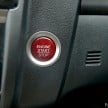
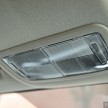
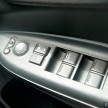
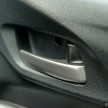
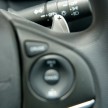



















AI-generated Summary ✨
Comments express interest in the 2014 Honda Jazz, highlighting its improved exterior design and potential features like responsive CVT, but criticize the omission of paddle shifters, navigation, rear-view camera, and cruise control, especially in higher-spec models reportedly priced over RM90k. Many are concerned about the car’s build quality, interior features, and the lack of high-tech amenities compared to Thai versions. There is discussion about the car’s handling, engine options, and reliability of CVT transmissions, with some comparing it favorably or unfavorably with other models like the City, Proton Preve, and Kia Rio. Negative sentiments include disappointment over missing features for the price, frustration with Malaysian specifications, and debates about value and pricing. Overall, the comments reflect a mix of excitement, skepticism, and criticism centered on the new Jazz’s features, pricing, and value proposition.